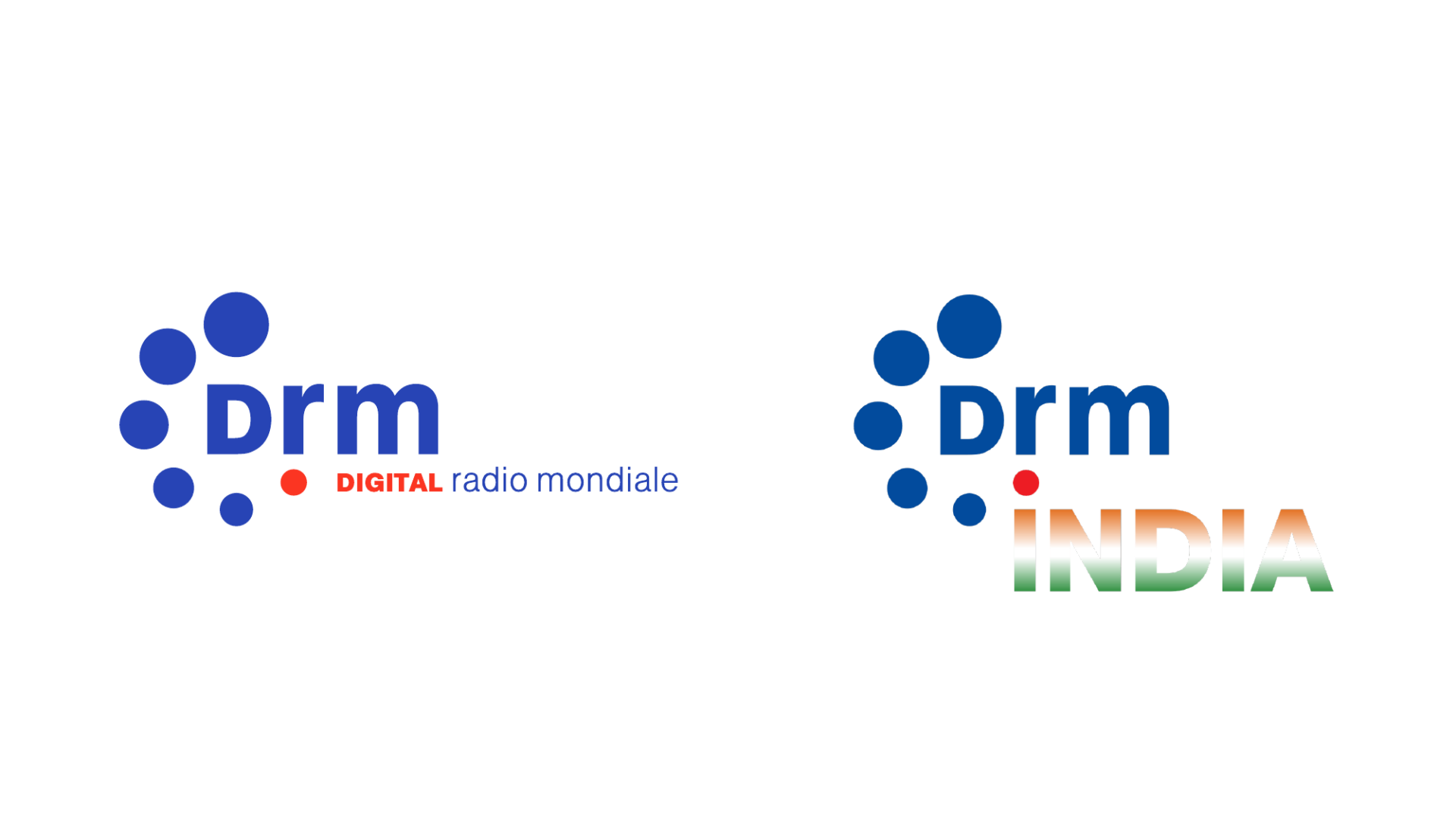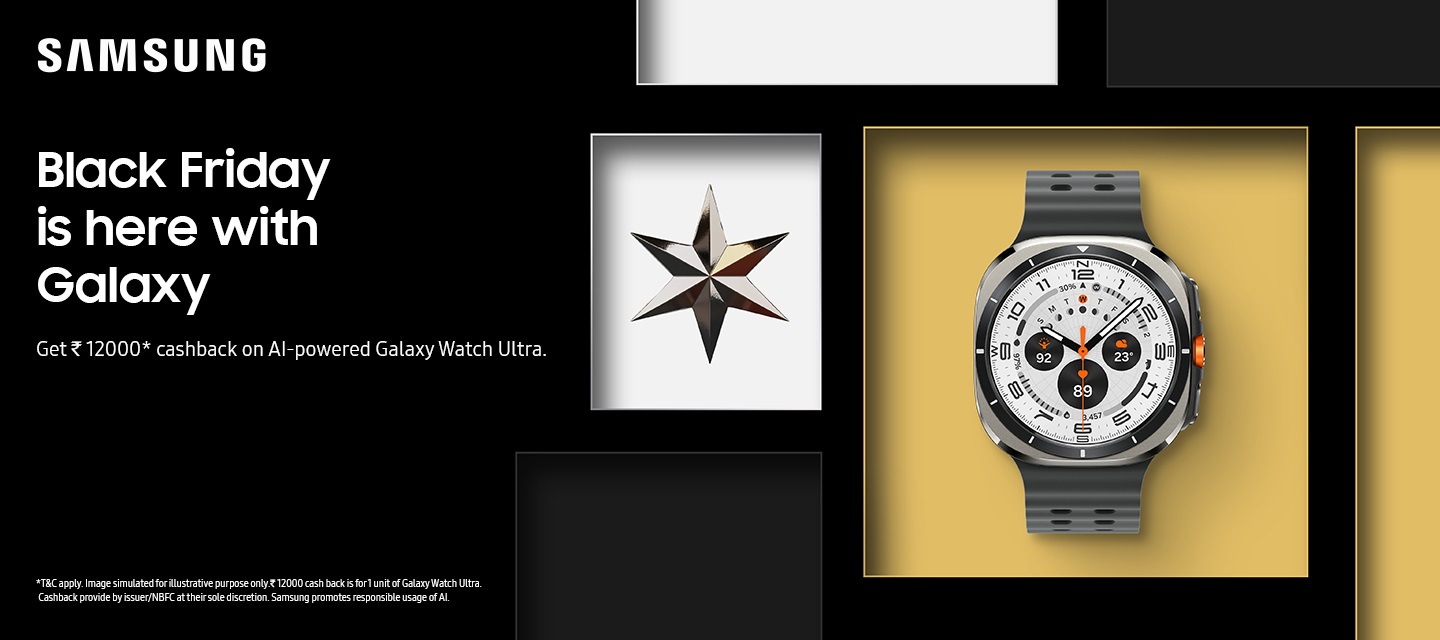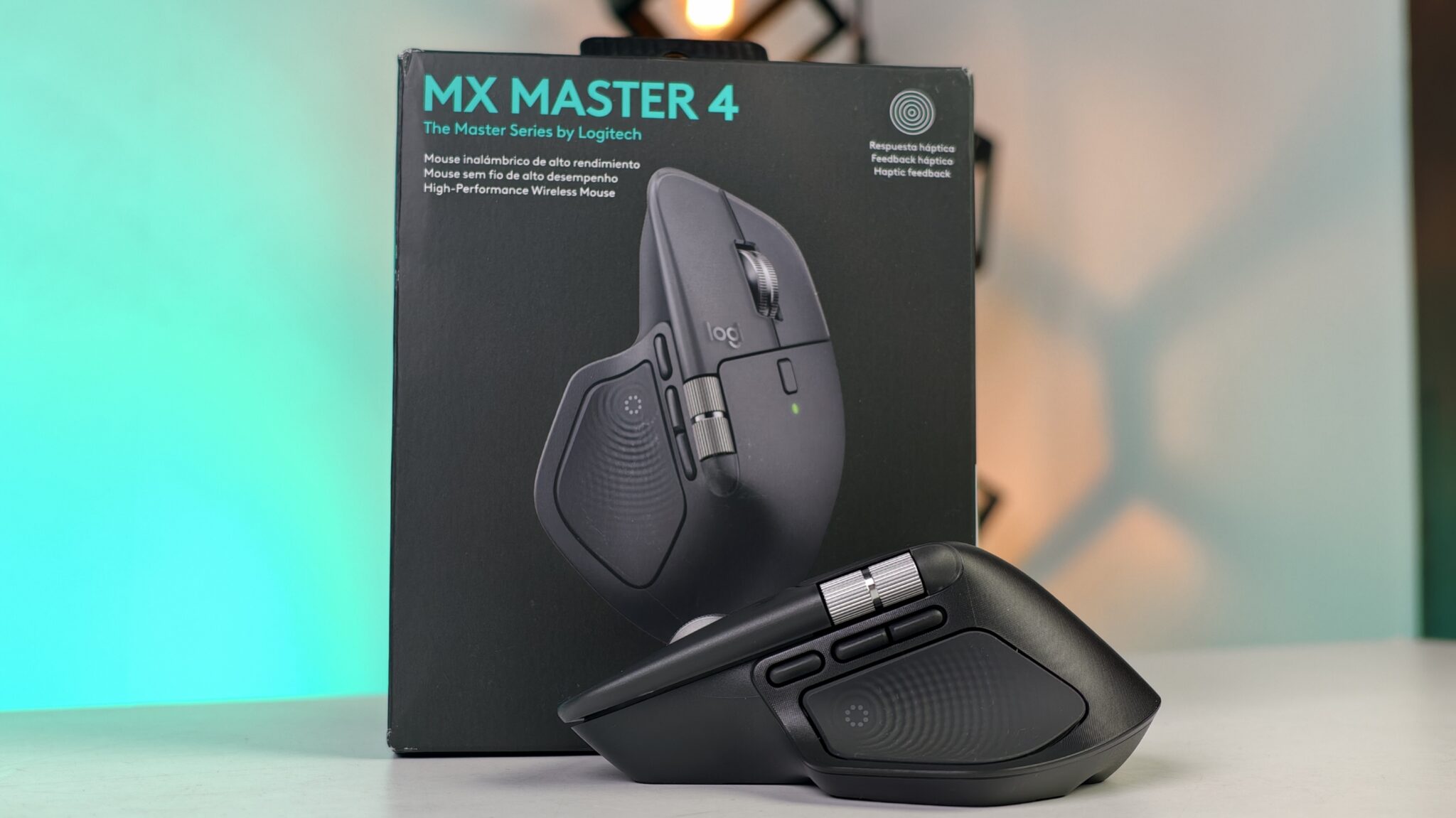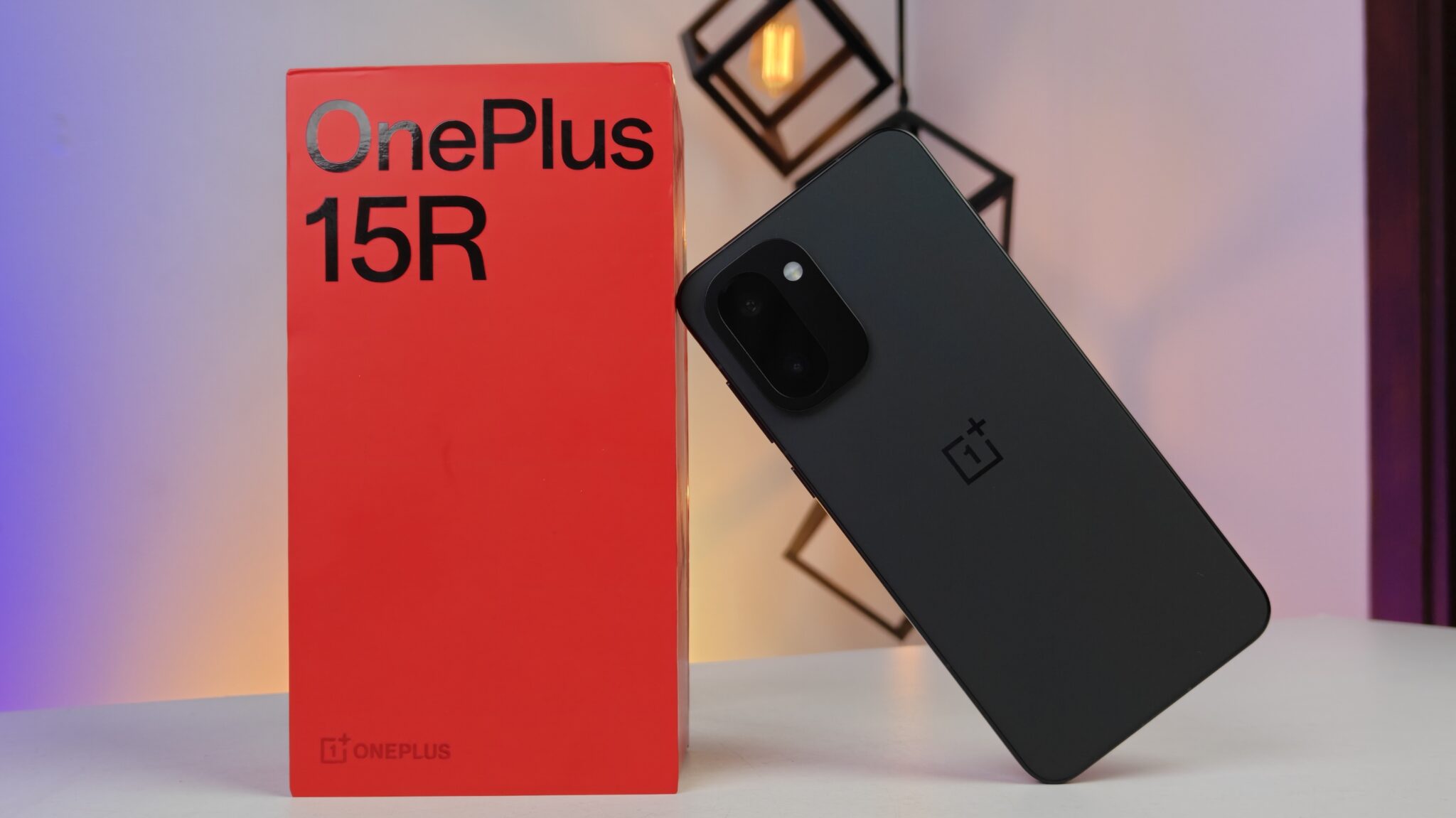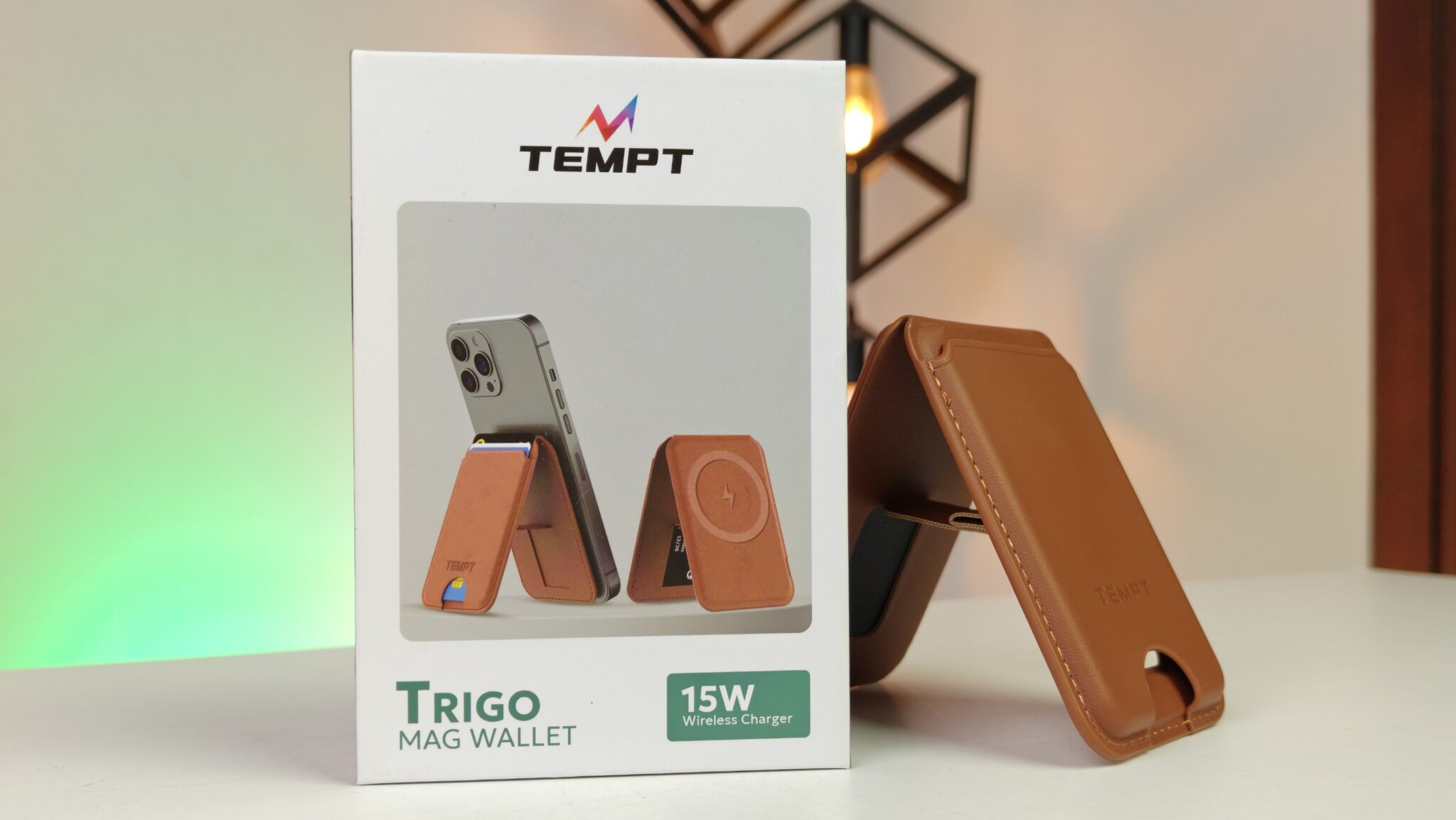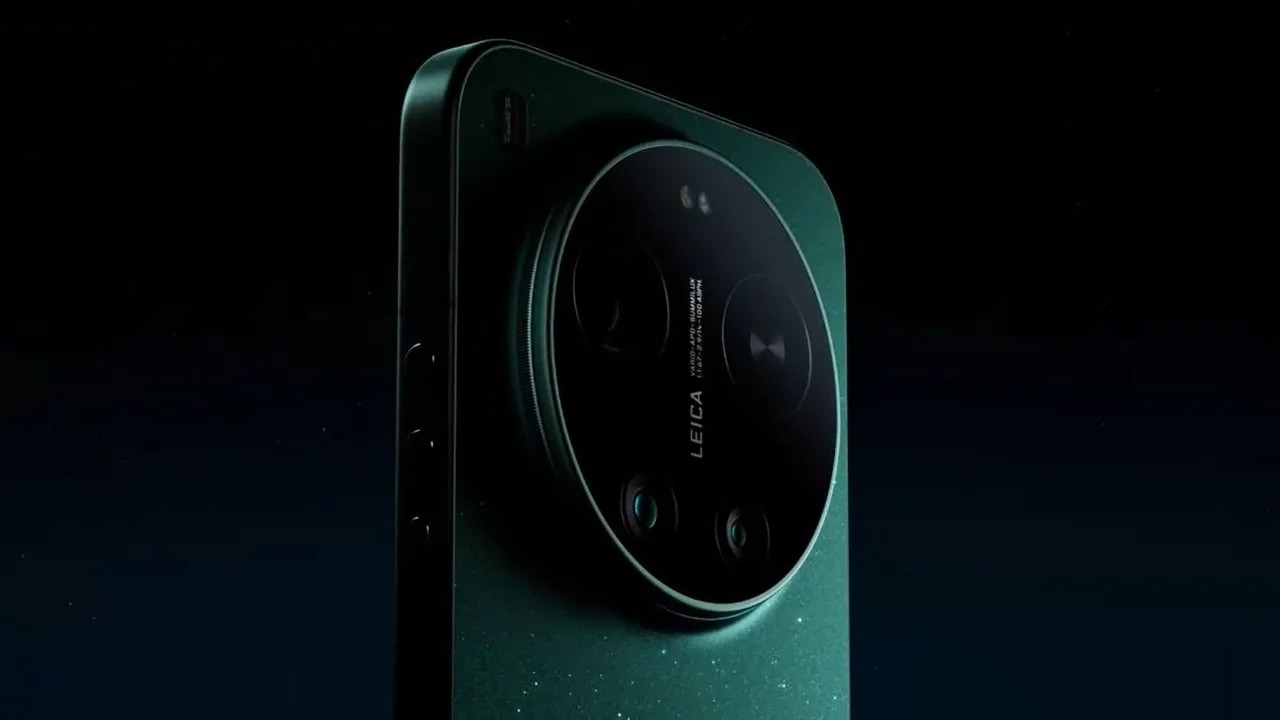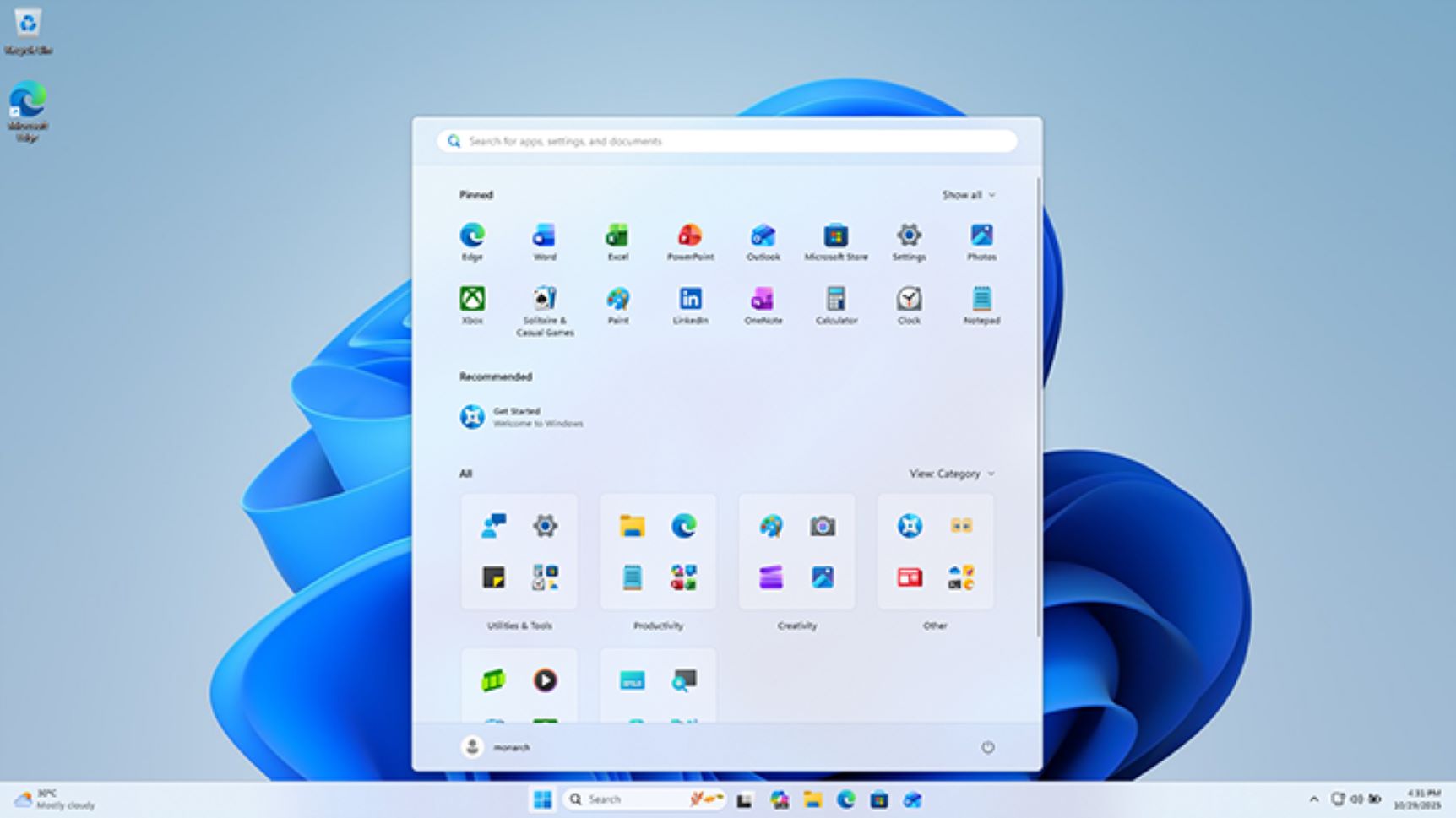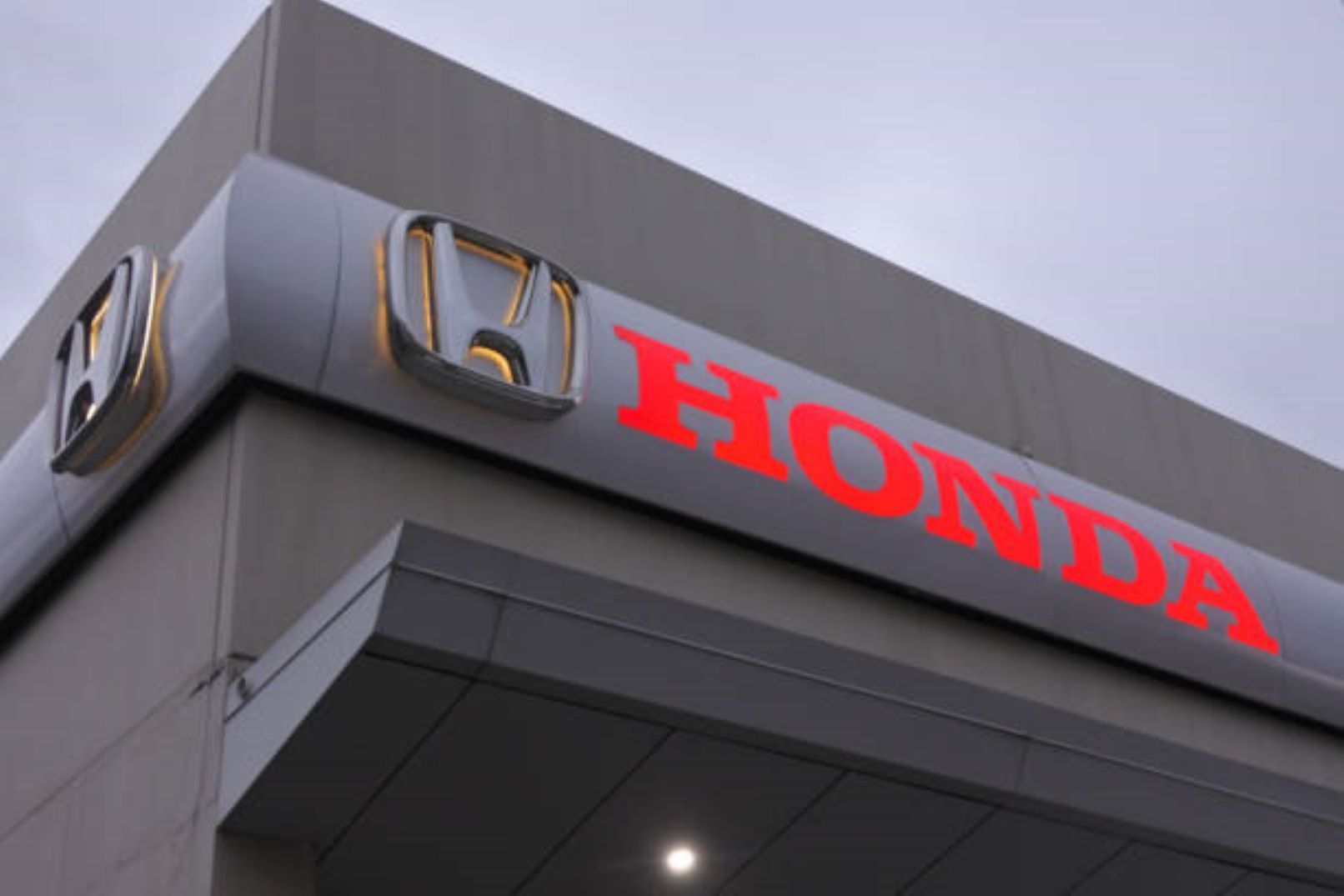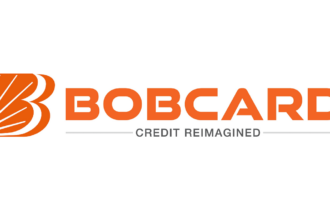India’s broadcasting sector is currently embroiled in a debate over the optimal technology for transitioning from analog to digital radio broadcasting. This follows a September 2024 consultation paper released by the Telecom Regulatory Authority of India (TRAI) concerning the digital radio broadcast policy, which invited input from various stakeholders. While the industry generally agrees on the need for a single technology, there’s a clear division on which one to adopt.
IBOC vs. DRM: A Technology Showdown
At the heart of the debate are two primary contenders: the In Band On Channel (IBOC) system, also known as HD Radio, and the Digital Radio Mondiale (DRM) system.
DRM, an open-standard technology, has garnered support from organizations like the Arab States Broadcasting Union (ASBU) and HT Media. Proponents cite its existing adoption in India for AM bands, reaching an estimated 900 million users, and its spectrum efficiency.
Conversely, the ICEA (India Cellular and Electronics Association) and the NAB (National Association of Broadcasters) advocate for HD Radio, emphasizing its compatibility with diverse devices like cars, Bluetooth speakers, and mobile phones. They highlight its operational success in the US, Latin America, and the Philippines, along with its ability to facilitate a smooth transition through simulcast capabilities.
Open Standard vs. Proprietary Technology
Underlying the IBOC vs. DRM debate is the question of open standards versus proprietary technology. DRM is an open standard, freely available for implementation, while HD Radio, acquired by Xperi in 2016, may involve royalty payments. This factor could influence decisions, particularly for smaller players seeking cost-effective solutions.
Experts suggest that India’s telecom sector has historically favored open standards. Professor V Sridhar from the International Institute of Information Technology in Bangalore points to the example of CDMA technology, which, despite its efficiency, struggled due to its proprietary nature. He believes that the “network effect” often favors open standards, as wider adoption leads to greater consumer reach and ecosystem growth.
The ultimate decision on India’s digital radio broadcast policy remains pending. However, the ongoing debate highlights the complex considerations involved in balancing technological efficiency, cost, and accessibility in a rapidly evolving media landscape.


